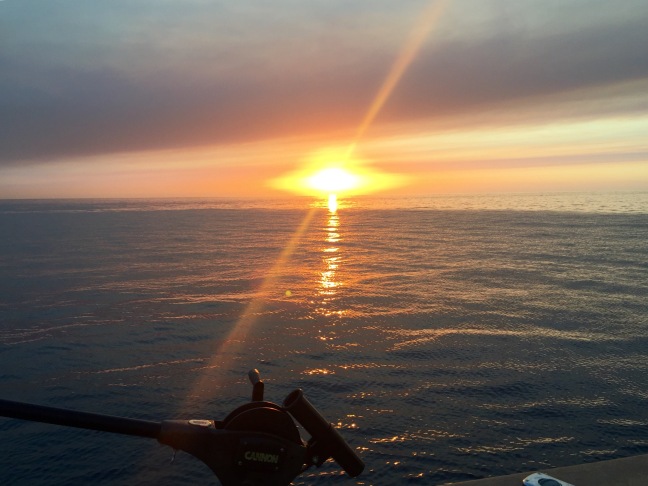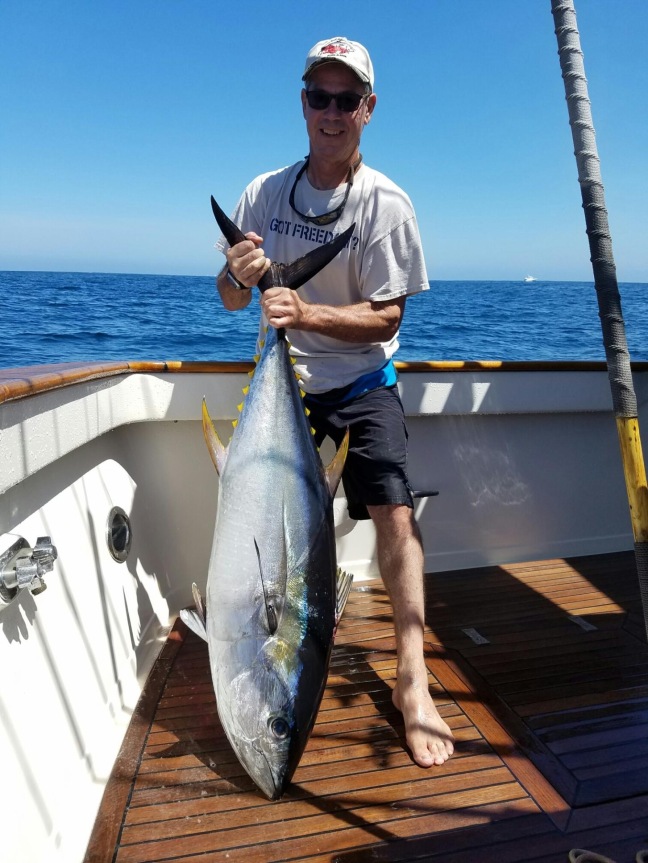Nick found and said I could share with you this cute little friend that he found about a week ago. He has made it a really nice habitat to observe it for a while at home before he releases it back into the wild. He has a nice stick in there and even added fresh rainwater. The frog is only about 3/4 inches long and likes to cling to the glass side of the habitat. At first Nick thought it might be an albino of some sort but given the black eyes is now hypothesizing that it is a gray tree frog. What species do you think it is? Do you think it is at its full adult size?






















